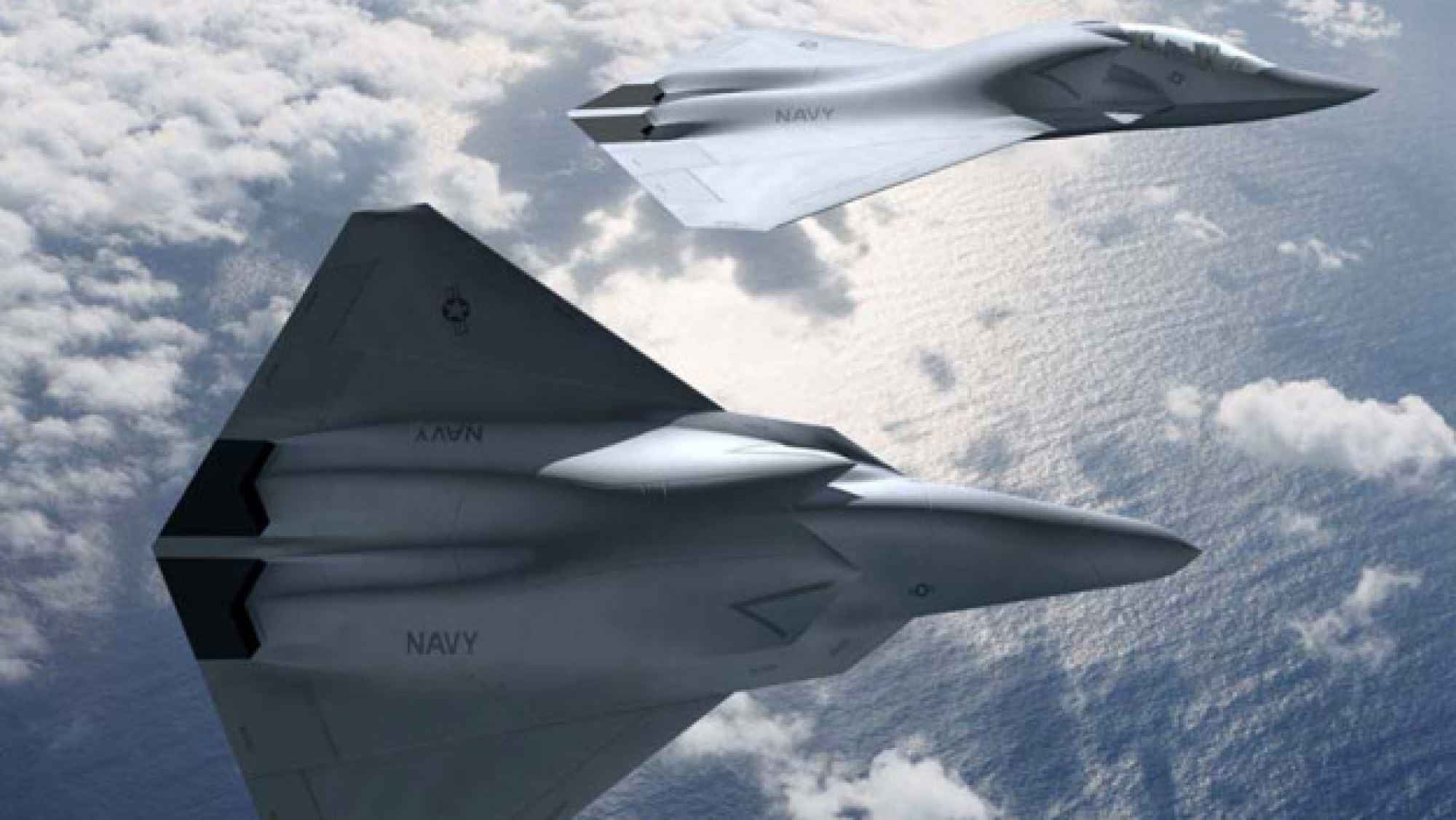WASHINGTON — The U.S. Navy is knee deep in an analysis on how best to replace its Super Hornet and Growler aircraft. Though much work is still left to be done, the resulting platform could look a lot different than both those jets, with a much higher priority on range and speed.
The service kicked off its “Next Generation Air Dominance” analysis of alternatives, or AoA, in January 2016 to study potential replacements for the F/A-18E/F Super Hornet and E/A-18G Growler. (Confusingly, the U.S. Air Force has used the NGAD term to describe its own analysis of alternatives for an F-22 follow-on aircraft, but the services’ efforts are not connected and there are no plans to pursue a joint fighter.)
Now, after about a year and a half, the Navy team feels it has a complete understanding of what capabilities the future carrier strike group needs and, importantly, what threats it will face, Capt. Richard Brophy, who is working the AoA effort as part of the service’s air warfare division, said during a panel at the Office of Naval Research’s science and technology expo.
“The trade space is completely wide open as we look at what is going to replace those airplanes,” he said, adding that the “family of systems” that replace the Super Hornet and Growler could include a fighter jet, but perhaps also include shipboard systems or multiple aircraft working together.
Although the study is not slated to wrap up until at least April, Brophy offered his thoughts on some key capabilities for NGAD.
For one, it could be unmanned or optionally manned, as was the hope of former Navy Secretary Ray Mabus.
“It is not lost on us that A.I. [artificial intelligence], unmanned, it’s coming and it’s out there, and we need to be able to incorporate that into what we’re looking at out there,” Brophy said.
One key attribute that NGAD will likely incorporate is a longer range — something Brophy says is a significant limitation for the current carrier air wing.
“I tend to think of it not only as range, but as reach; not only how far my airplane flies, but how far do my weapons go on top of that,” he said. “Reach also gets into propulsion, and when we look at propulsion, I’m looking for efficiency. The longer I can fly without having to go get gas, the better.”
Another critical capability is a throwback to the F-14 Tomcat-era of flight operations: the need for high speed.
Brophy said the Navy, which has historically been more skeptical of stealth than the Air Force, will likely incorporate some low-observable capabilities into its future NGAD capability. But it is still undetermined as to whether it becomes as high of a priority as it was for the F-35 Joint Strike Fighter.
“We certainly need survivability. Stealth is just one piece of the survivability equation,” he said. “I kind of look at stealth as sort of like chaff and flares. It’s not going to defeat [the enemy] every time, but it will help. Stealth is part of what any future design — if you look at any country, they’re going that way. So yes, it would probably be part of it.”
Bill Nickerson, a program officer for ONR’s division of aerospace sciences, added that the office is investing in stealth as well as other technologies that would improve survivability, such as ultra-lightweight armor and counter-directed energy capabilities.
As the AoA progresses, the Navy will look at multiple options to replace the Super Hornet and Growler. The first option — to do nothing — will likely be quickly ruled out because the service will need capacity as those aircraft begin retiring in the mid 2030s, Brophy said.
The team will also consider whether the Navy can meet the threats it encounters in the 2040 time frame simply by purchasing additional Super Hornets, Growlers and F-35Cs, or whether it could upgrade versions of those platforms to accomplish those missions.
Finally, the Navy will look at starting a new program that includes some “transformational capabilities.” However, Brophy acknowledged that the service will need to keep costs low enough to buy a high volume of air vehicles.
“Numbers matter. We’ve got to be able to have enough aircraft out there,” he said.
Valerie Insinna is Defense News' air warfare reporter. She previously worked the Navy/congressional beats for Defense Daily, which followed almost three years as a staff writer for National Defense Magazine. Prior to that, she worked as an editorial assistant for the Tokyo Shimbun’s Washington bureau.





